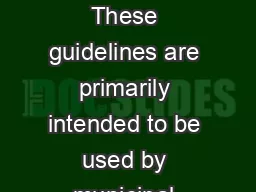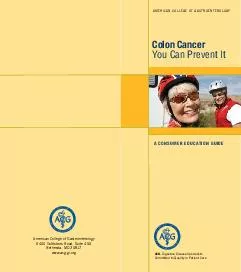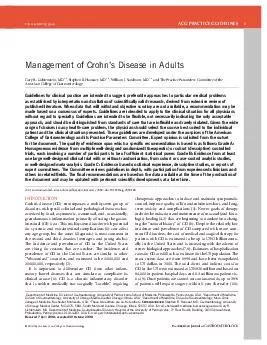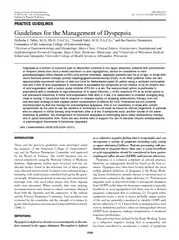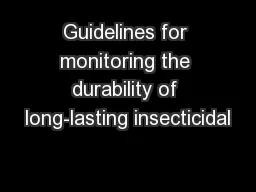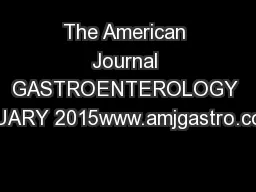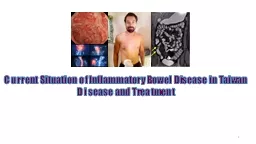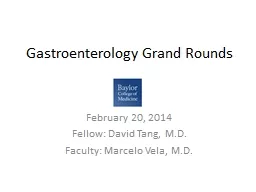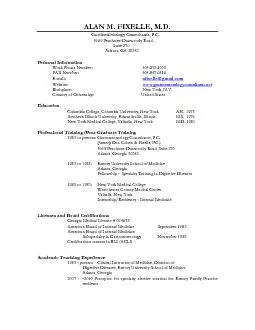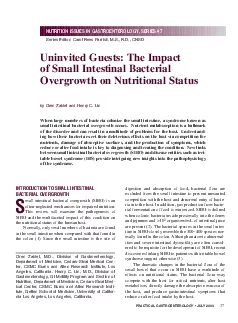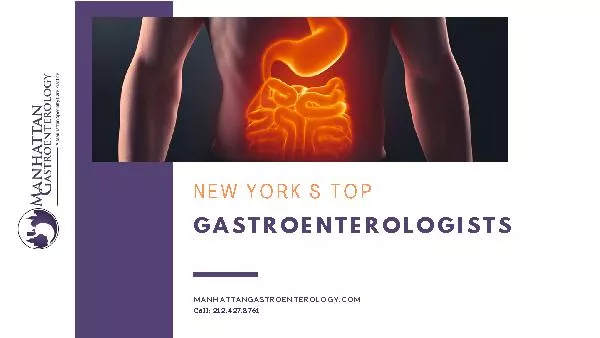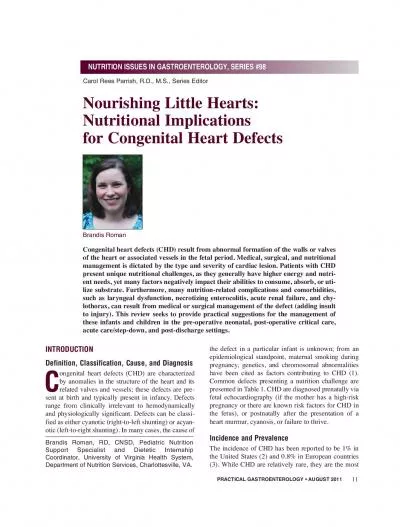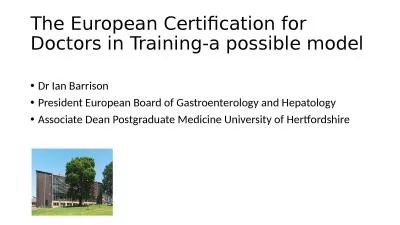PDF-October 2004BSG Guidelines in Gastroenterology
Author : holly | Published Date : 2022-08-16
Guidelines on the use of Liver Biopsy in Clinical Practice1Introduction2Formulation of guidelines21Validity and Grading of Recommendations211Categories of Evidence212Grading
Presentation Embed Code
Download Presentation
Download Presentation The PPT/PDF document "October 2004BSG Guidelines in Gastroente..." is the property of its rightful owner. Permission is granted to download and print the materials on this website for personal, non-commercial use only, and to display it on your personal computer provided you do not modify the materials and that you retain all copyright notices contained in the materials. By downloading content from our website, you accept the terms of this agreement.
October 2004BSG Guidelines in Gastroenterology: Transcript
Download Rules Of Document
"October 2004BSG Guidelines in Gastroenterology"The content belongs to its owner. You may download and print it for personal use, without modification, and keep all copyright notices. By downloading, you agree to these terms.
Related Documents


